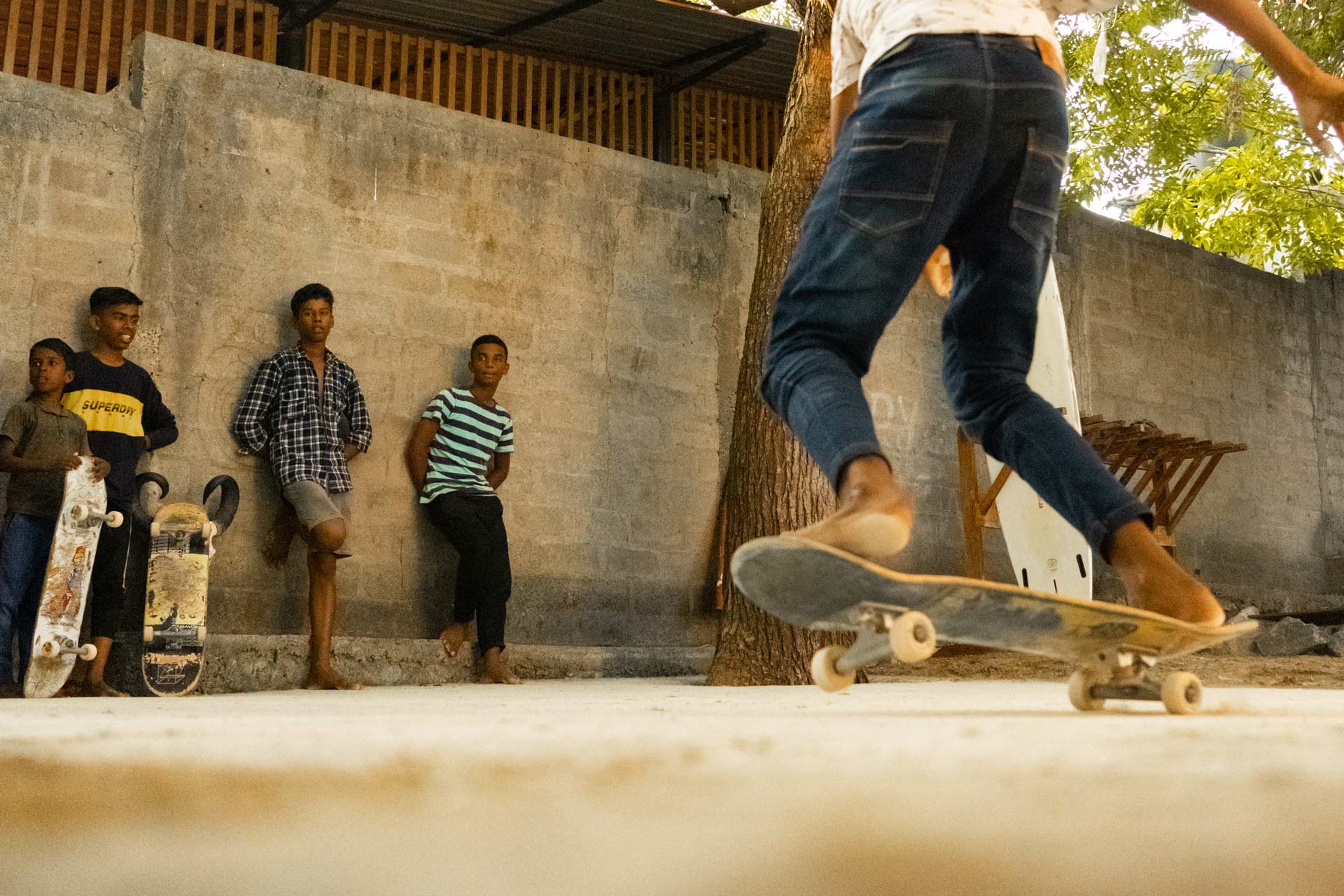Featured image credit: Cecilia Geroldi
As much of the world returns to a semblance of normality, Sri Lanka has descended into chaos, grinding to a halt at the height of an economic crisis that’s been brewing for years, thanks to mismanagement of funds – and alleged corruption – under the (now former) Rajapaksa government.
This has resulted in a lack of foreign currency to import essential goods, like cooking gas, fuel, food and medicine.
“Food items are now 200-500% more expensive, making previous staples like lentils and milk powder unaffordable for many”
The island has faced daily rolling power cuts since the start of the year, due to a lack of fuel needed to run the country’s power stations. On top of this, many food items are now 200-500% more expensive, making previous staples like lentils and milk powder unaffordable for many, with poorer families only eating one basic meal a day.
Gas and fuel prices have soared, and severe shortages mean people wait in queues for days, in the hope of getting their hands on some when a rare shipment arrives. Tragically, to date, a number of people have already died while waiting in line (13, at the time of writing). Roads are empty, businesses have had to close and people are, quite literally, starving.
Peaceful protests began across the country in March, calling for president Gotabaya Rajapaksa to resign. While he did eventually flee the country and quit his post in July, there appears to be no end in sight to the turmoil.

In December last year, 25-year-old local skater and fitness coach, Manu Dharmarajah, figured out a way to combine his passion for skateboarding with making a difference, founding community project, Skate for Sri Lanka. His aim is to make skating accessible to the country’s underprivileged youth, as an antidote to the heaviness of the current situation.
While skate culture is slowly on the rise here, it’s certainly not a common sport. Manu himself learned aged 12, at a skate camp, while on holiday in the US. On return to Sri Lanka, together with a few friends he made a name for himself in the sport, getting sponsorship from the country’s only (now defunct) skateboard company, Push.
Sri Lanka splits its tourist seasons between two coasts – you can find waves and sunshine on the east coast between May – October, and on the south from November – April. Manu initially set up the project on the south coast in Midigama, at Bad Cobra café, home to Midigama Skatepark. Manu used the south season to test the waters, hosting workshops for a small group of regular kids, before moving to Arugam Bay, a fishing village on the east coast, in May.
“Kids shouldn’t have to worry about stuff like that – they can come here for two hours and forget about it”
“I honestly think Arugam Bay is the best place to really make this project happen,” Manu says.
“Kids are less privileged here and they’re always looking for something to do – it’s better doing this than other bad things that they could succumb to.
“The government aren’t doing anything for the people right now – they’re focused on the protests and reducing backlash, but young people aren’t interested in all that; they just need help. Times are hard for people to make money and provide food for their families. Kids shouldn’t have to worry about stuff like that – they can come here for two hours and forget about it.”





